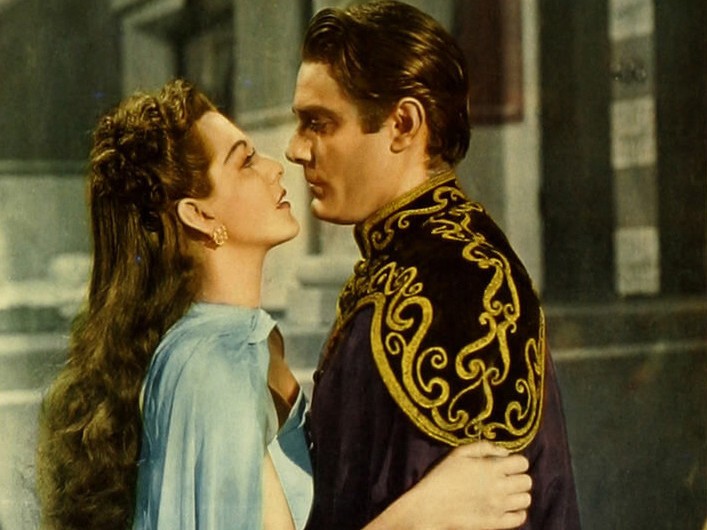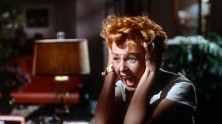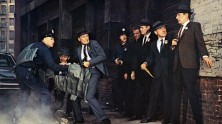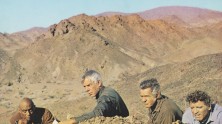
La Cucaracha
Cobra Woman
When a Mexico City nightclub dancer angers his singer girlfriend she sabotages his audition for an important impresario, upstaging him with a spirited rendition of the title song. This lighthearted trifle was designed to highlight the expressive potential of the then-new 3-strip Technicolor process with its is larger than life musical "South-of-the-Border" exotica and vibrant color. La Cucaracha’s popularity helped persuade Hollywood to begin investing in feature-length Technicolor films.
Preservation funded byThe Film Foundation, American Movie Classics, and YCM Laboratories.
Maria Montez is principally remembered today for starring in a string of medium-budget adventure films for Universal in the mid-1940s. She came to be know as the Queen of Technicolor, and both her persona and the sublime ridiculousness of her films would later be a major inspiration for underground filmmaker and performance artist Jack Smith. The most fanciful Montez vehicle of all is Cobra Woman, which features the siren in a dual role:as Tollea, a South Seas island maiden, and as her evil sister Naja, the despotic leader of a jungle kingdom whose citizens are selected for sacrifice during her frenzied "Cobra Dance." As usual in these films, Montez' co-stars are Jonathan Hall and Sabu, who come to Tollea's rescue when she is kidnapped by her sister. A unique touch of kitsch is provided by the gorgeous photography of the great Technicolor veteran Alfred Greene, who had been shooting the color process since its earliest 2-strip versions in the early 1920s.















